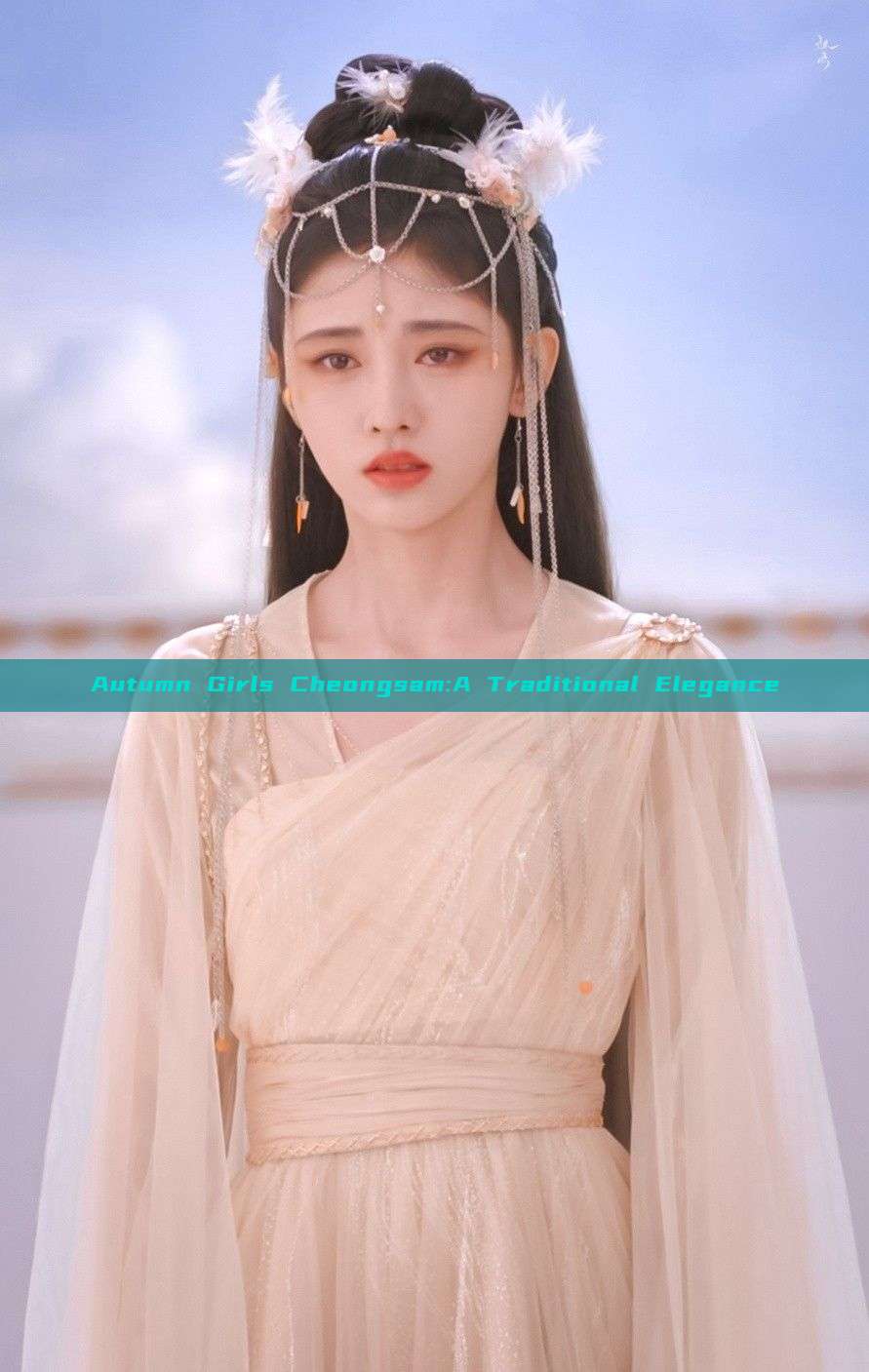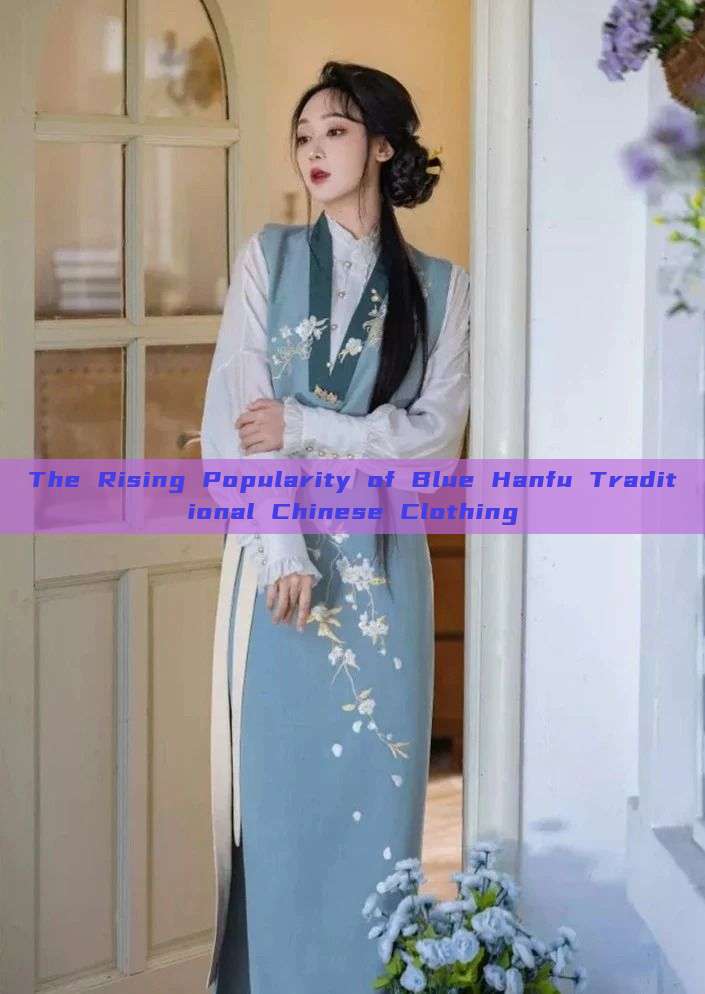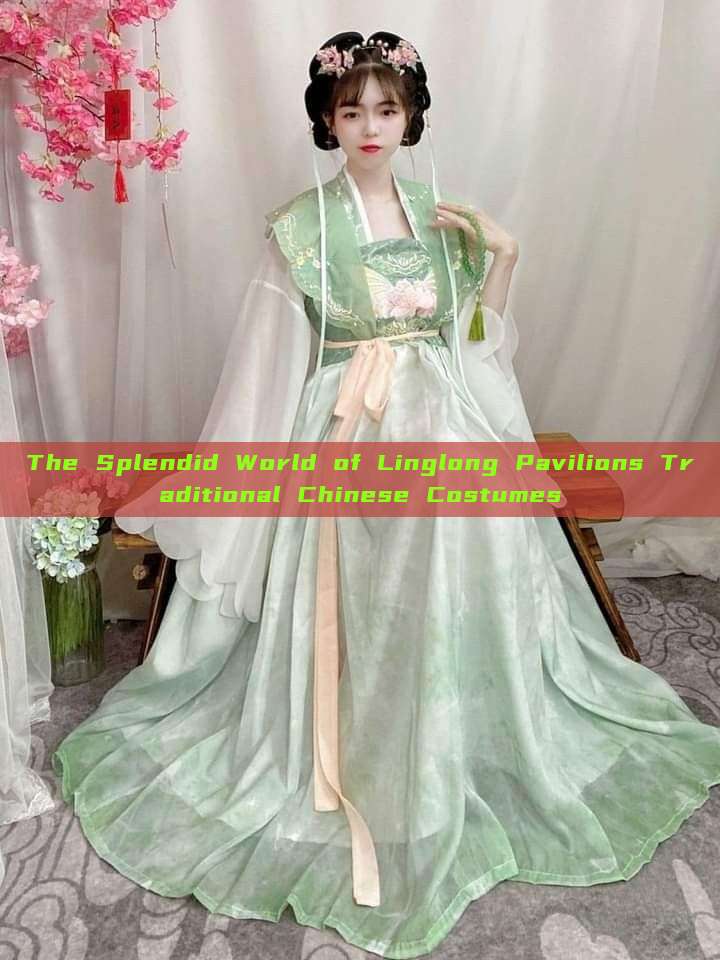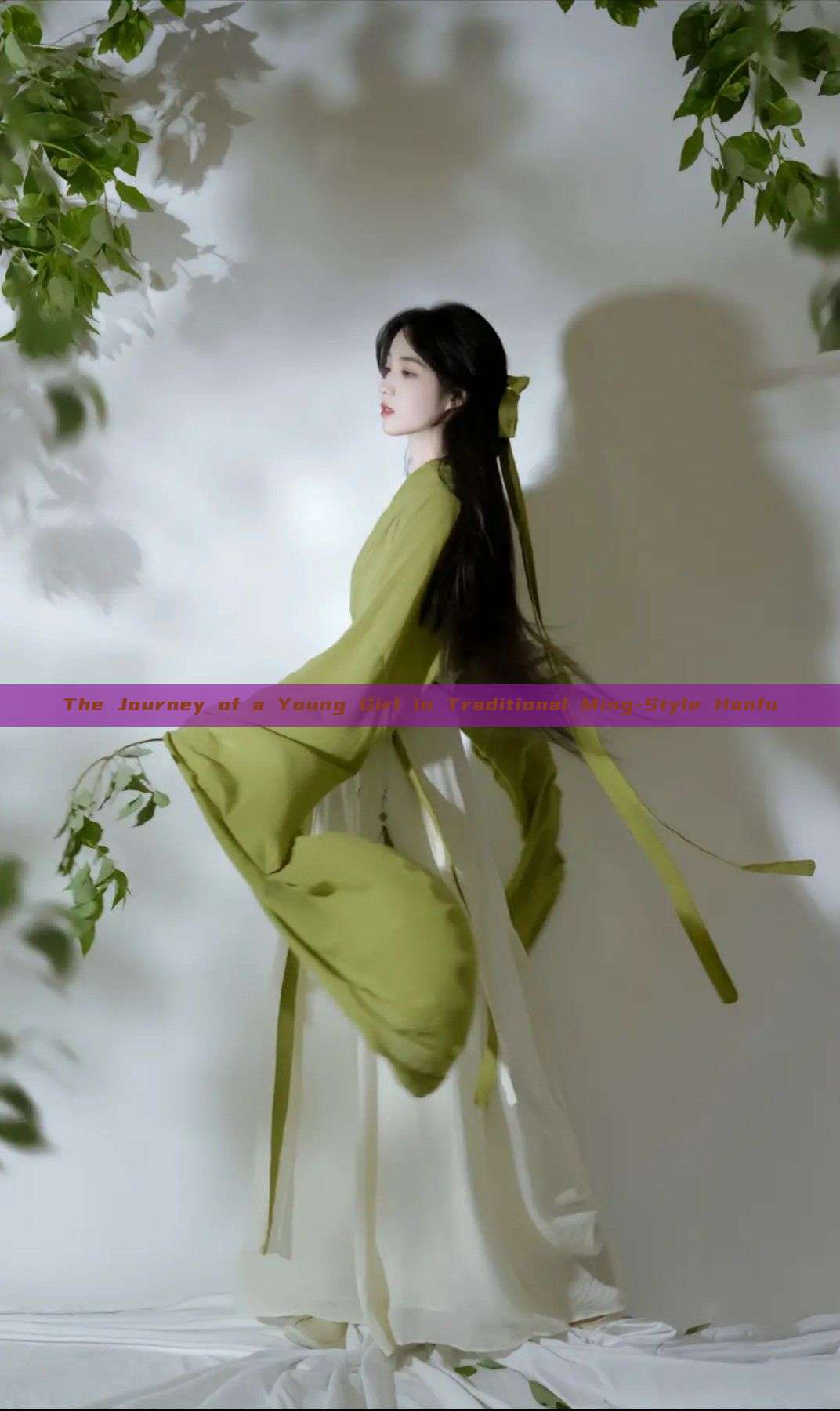In the Song Dynasty (960-1279 AD), China experienced a flourishing era of culture, economy, and societal development. During this period, the attire worn by people, particularly children, reflected the sophistication and elegance of the era. Children in the Song Dynasty were dressed in Traditional Hanfu costumes, which not only served as a means of protection but also as a symbol of their social status and family pride.
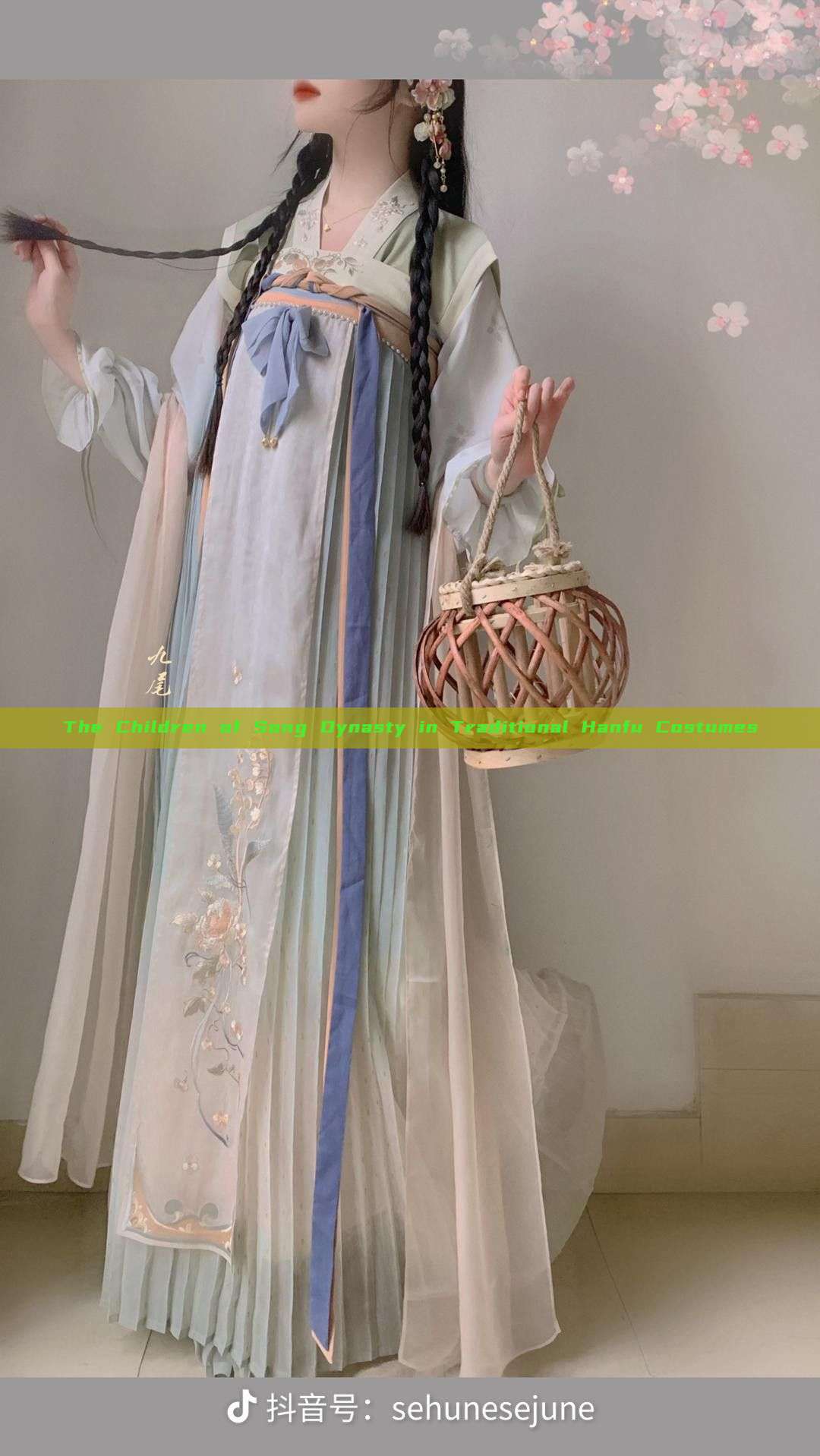
The Song Dynasty was a time when the art of clothing making reached its peak, and children's attire was no exception. Hanfu, the traditional Chinese clothing, was tailored to fit the growing bodies of children. These costumes were often made from silk, cotton, or other fine materials available at that time. The designs and patterns were intricate, reflecting the cultural and artistic influences of the era.
The color palette of children's Hanfu in the Song Dynasty was diverse. Bright hues like red, green, and blue were often used, signifying vitality and innocence. These colors were not just chosen for their aesthetic value but also for their symbolic meanings. For instance, red was considered auspicious and protective, while green symbolized growth and harmony.
The design elements of Hanfu for children were intricate and often featured patterns like floral designs, animals, and geometric shapes. These patterns not only enhanced the beauty of the costumes but also had symbolic meanings. For instance, floral designs often symbolized prosperity and growth, while animals like dragons and phoenixes signified good luck and nobility.
The style of Hanfu worn by children in the Song Dynasty also reflected their social status and family's wealth. Children of affluent families often wore more elaborate costumes with intricate designs and patterns. On the other hand, children from ordinary families wore simpler versions of Hanfu, tailored to suit their daily activities.
In addition to the clothing, children's accessories also played a crucial role in enhancing their overall appearance. Accessories like headbands, bracelets, and anklets were often made from precious materials like jade or gold. These accessories not only added to the beauty of the costumes but also had symbolic meanings associated with them.
The practice of dressing children in Hanfu during the Song Dynasty was not just about fashion or aesthetics. It was also about instilling values and cultural heritage. Children wearing these traditional costumes were often taught about their cultural roots and the significance of preserving them.
Moreover, Hanfu served as a means of identification and unity within the family and community. During festivals or special occasions, children dressed in their finest Hanfu costumes, representing their family's pride and honor. These costumes became a symbol of unity and togetherness among family members and even neighbors.
In conclusion, children in the Song Dynasty wore traditional Hanfu costumes that not only served as a means of protection but also as a symbol of their cultural identity, social status, and family pride. These costumes reflected the cultural and artistic influences of the era and instilled values of heritage and unity within the family and community. Today, as we look back at these historical costumes, we are reminded of the rich cultural heritage that we must preserve and uphold.
The study of children's Hanfu in the Song Dynasty not only provides insights into historical fashion but also helps us understand the cultural and societal values that were important to people during that period. It is a window into the past that allows us to appreciate our cultural roots and understand our identity as Chinese people.



